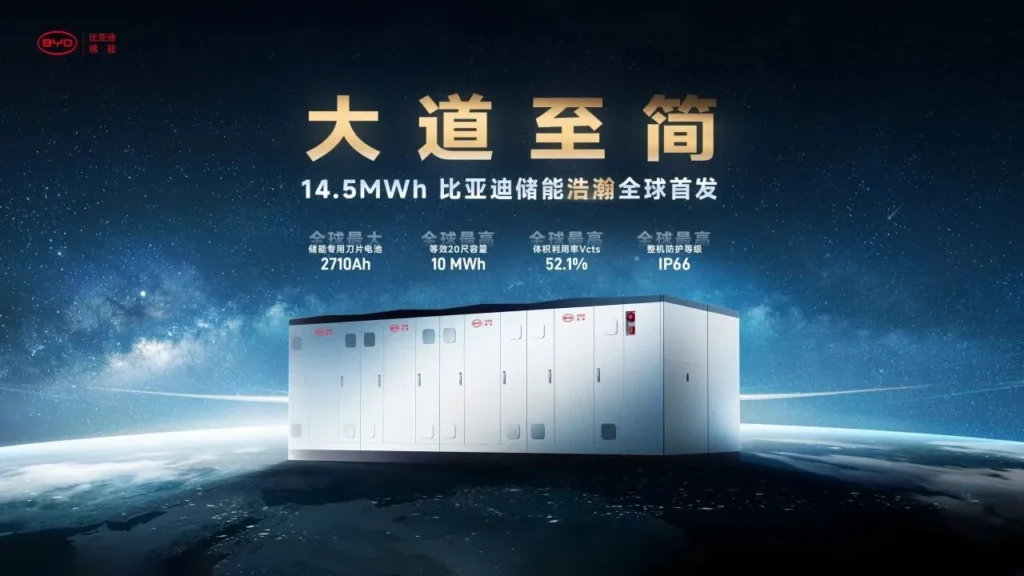Revolutionizing the Energy Industry: Emerging Trends and Technologies
The energy industry is on the cusp of a significant transformation, driven by technological innovations, shifting market dynamics, and evolving consumer preferences. As the world transitions towards a more sustainable and efficient energy landscape, it’s essential to examine the key trends and advancements shaping the sector. With global energy demand projected to increase by 30% by 2040, the industry must adapt to meet the growing needs of a rapidly changing world.
##
Renewable Energy: The New Frontier
Renewable energy sources, such as solar and wind power, are becoming increasingly cost-competitive with fossil fuels, driving a surge in adoption rates. In 2020, renewables accounted for 26% of global electricity generation, up from 21% in 2015. This growth is expected to continue, with the International Energy Agency (IEA) forecasting that renewables will reach 60% of global electricity generation by 2050.
###
Solar Energy: A Bright Future
Solar energy, in particular, has experienced remarkable growth, with global installations increasing by 22% in 2020 alone. The cost of solar panels has plummeted by over 70% in the last decade, making it more accessible to consumers and businesses. As technology continues to improve, solar energy is poised to play an even more significant role in the global energy mix.
##
Energy Storage: The Game Changer
Energy storage technologies, such as batteries, are revolutionizing the way we generate, transmit, and consume energy. By enabling greater flexibility and efficiency, energy storage is critical to integrating intermittent renewable energy sources into the grid. The global energy storage market is projected to reach $26.5 billion by 2025, up from $4.5 billion in 2020.
###
Advancements in Battery Technology
Advances in battery technology have been instrumental in driving the growth of energy storage. Improvements in lithium-ion batteries, as well as the development of new battery chemistries, such as solid-state batteries, are increasing efficiency, reducing costs, and enhancing overall performance. As battery technology continues to evolve, we can expect to see even more innovative applications of energy storage.
##
Electric Vehicles: A New Era of Transportation
The transportation sector is undergoing a significant transformation, driven by the growing adoption of electric vehicles (EVs). With over 2 million EVs sold in 2020, the market is expected to continue its rapid expansion, with forecasts suggesting that EVs will reach price parity with internal combustion engine vehicles by 2025. As governments implement stricter emissions regulations and consumers become increasingly environmentally conscious, the demand for EVs is likely to surge.
###
Charging Infrastructure: A Critical Component
The development of charging infrastructure is critical to supporting the growth of EVs. Governments and private companies are investing heavily in the installation of public charging stations, with the global charging infrastructure market projected to reach $14.3 billion by 2027. As charging infrastructure expands, it will become increasingly convenient for consumers to own and operate EVs, driving further adoption and reducing our reliance on fossil fuels.
The energy industry is on the cusp of a revolutionary transformation, driven by technological innovations, shifting market dynamics, and evolving consumer preferences. As the world transitions towards a more sustainable and efficient energy landscape, it’s essential to stay informed about the latest trends and advancements shaping the sector. By understanding the key drivers of change, we can unlock a cleaner, more resilient energy future for generations to come.



.png?w=150&resize=150,150&ssl=1)



